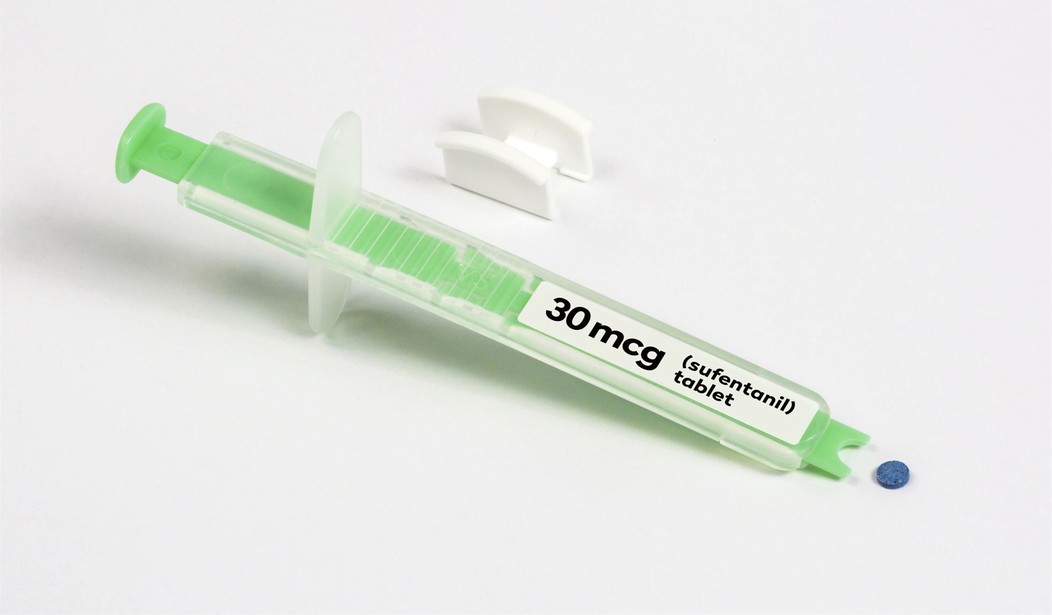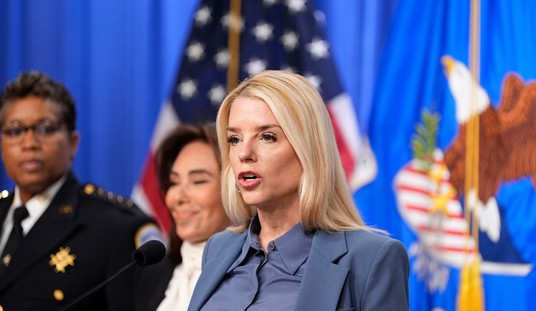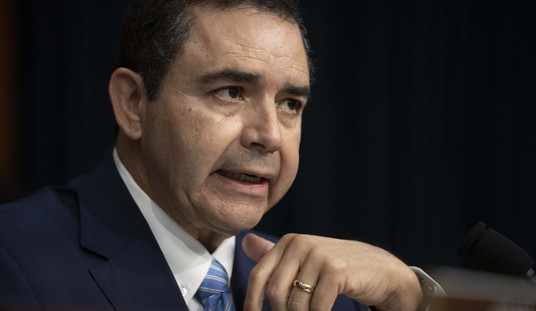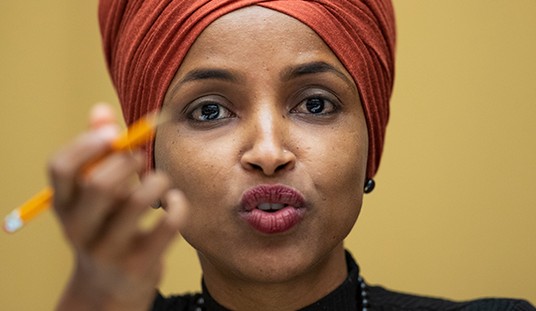According to the lawsuits that four drug companies agreed to settle last week, the "opioid epidemic" was caused by overprescription of pain medication, which suggests that curtailing the supply of analgesics such as hydrocodone and oxycodone is the key to reducing opioid-related deaths. But that assumption has proven disastrously wrong and revealed how prohibition makes drug use deadlier.
Per capita opioid prescriptions in the United States, which began rising in 2006, fell steadily after 2012, reflecting the impact of government efforts to restrict and discourage medical use of these drugs. Yet in 2019, when the dispensing rate was lower than it had been since 2005, the U.S. saw more opioid-related deaths than ever before.
Last year, according to preliminary estimates from the Centers for Disease Control and Prevention, that record was broken once again: Opioid-related deaths jumped by almost 30%. As opioid prescriptions fell, the upward trend in fatalities (which typically involve more than one drug) not only continued but accelerated.
That perverse effect was entirely predictable. The crackdown on pain pills drove nonmedical users toward black-market substitutes, replacing legally manufactured and reliably dosed products with drugs of unknown provenance and composition.
While that was happening, illicit fentanyl became increasingly common as a heroin booster or replacement, making potency even more variable and unpredictable. In 2020, according to the CDC's projections, "synthetic opioids other than methadone" -- the category that includes fentanyl and its analogs -- were involved in 83% of opioid-related deaths, up from 14% in 2010.
Nowadays, fentanyl is showing up in black-market pills sold as hydrocodone or oxycodone and even in stimulants such as cocaine and methamphetamine. Its proliferation is a response to the very supply control measures that were supposed to reduce drug-related deaths.
Recommended
To the extent that the government succeeds in exerting pressure on the supply of illegal intoxicants, it encourages traffickers to distribute more potent drugs, which are easier to conceal and smuggle. Since fentanyl is far more potent than heroin, a package weighing less than an ounce can replace one that weighs a couple of pounds.
Synthesizing opioids is also a less vulnerable and much cheaper process than production that relies on poppy crops. RAND Corporation researchers estimated that heroin is at least 100 times more expensive to produce than fentanyl, adjusting for potency.
Black-market drugs were already iffy because of prohibition; the prohibition-driven rise of fentanyl has made them even more of a crapshoot. And these are the substitutes that nonmedical opioid users resorted to after drug warriors succeeded in reducing the supply of pain pills.
That policy also has hurt bona fide patients by depriving them of the medication they need to make their lives bearable. Last week, the American Medical Association again urged the CDC to revise its opioid-prescribing advice, which has been widely interpreted as imposing hard caps on daily doses.
"Patients with pain continue to suffer from the undertreatment of pain and the stigma of having pain," AMA Board of Trustees Chair Bobby Mukkamala wrote. "This is a direct result of the arbitrary thresholds on dose and quantity contained in the 2016 CDC Guideline."
Although "physicians have reduced opioid prescribing by more than 44% since 2012," Mukkamala noted, "the drug overdose epidemic has gotten worse." The government mistakenly assumed that the availability of particular intoxicants was causing drug-related deaths, which is clearly not true in light of the social, economic and psychological factors that plausibly explain last year's surge, such as financial insecurity, emotional stress, isolation and disengagement from meaningful activities.
The COVID-19 pandemic magnified those problems, but it did not create them. A 2019 Joint Economic Committee report on "deaths of despair" noted that "drug-related deaths have been rising since the late 1950s."
The increase in opioid fatalities is the latest manifestation of that long-term trend. By now it should be clear that when it comes to drug-related "deaths of despair," the root problem is the despair, not the drugs.
Jacob Sullum is a senior editor at Reason magazine. Follow him on Twitter: @JacobSullum.

























Join the conversation as a VIP Member